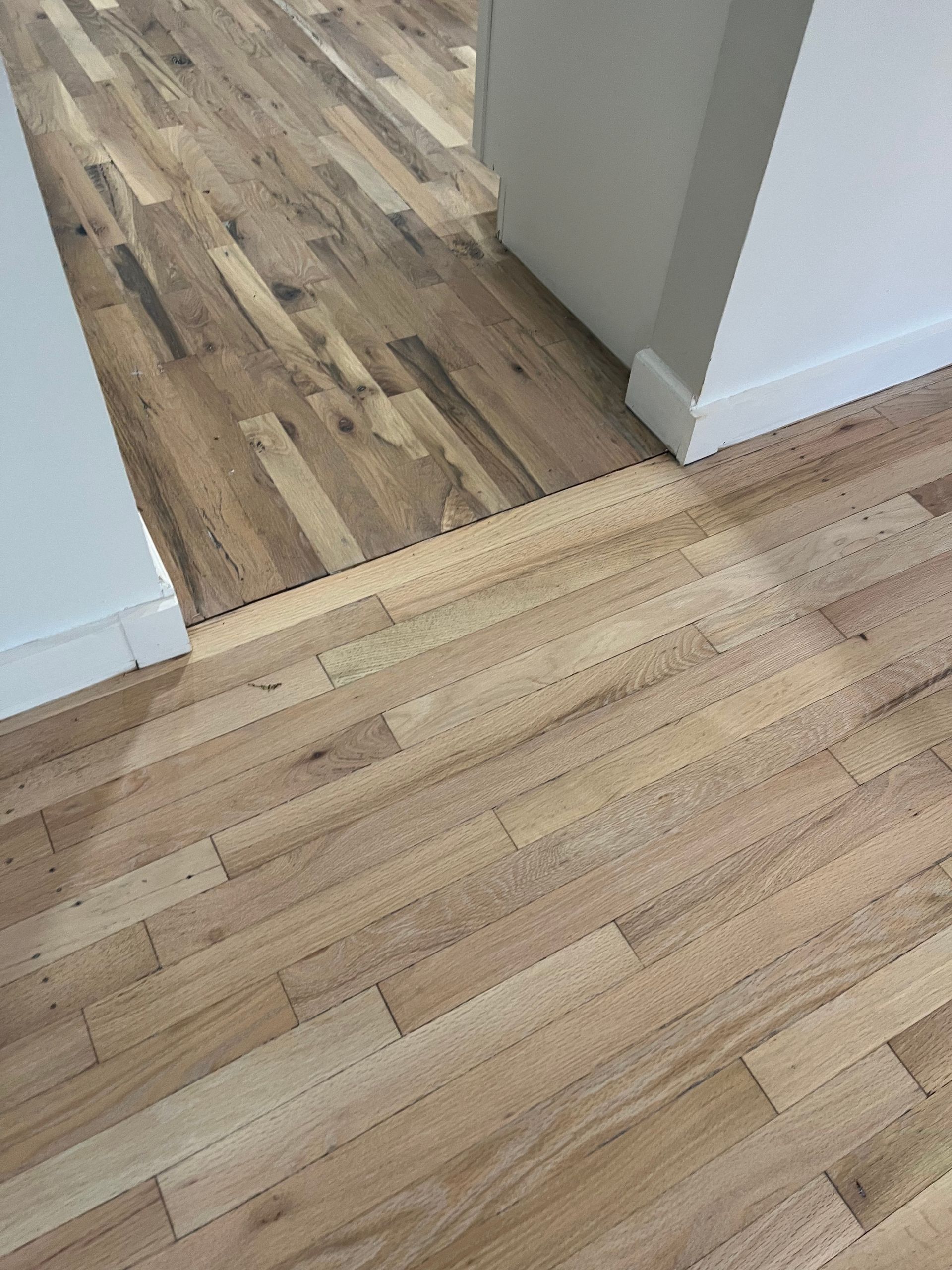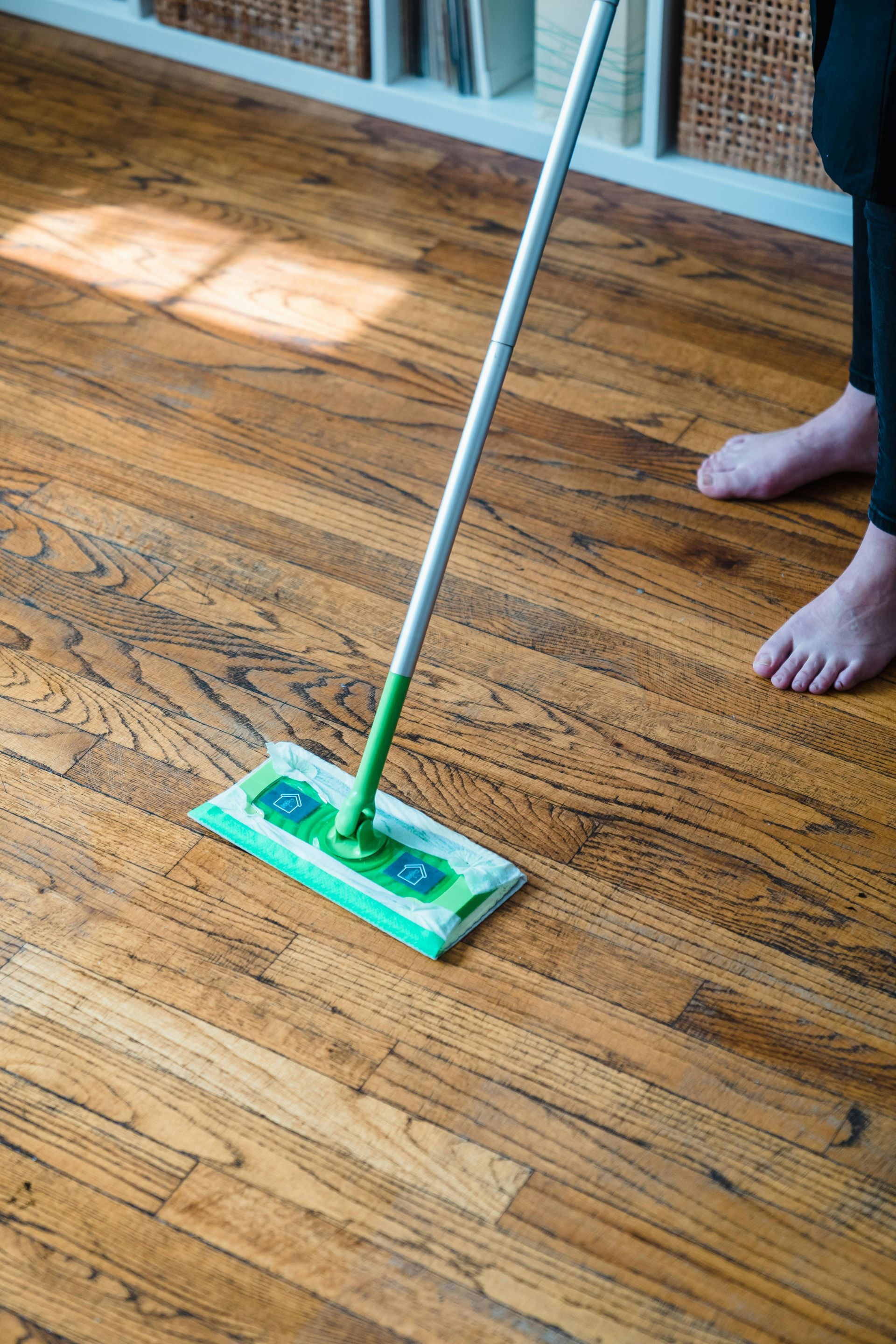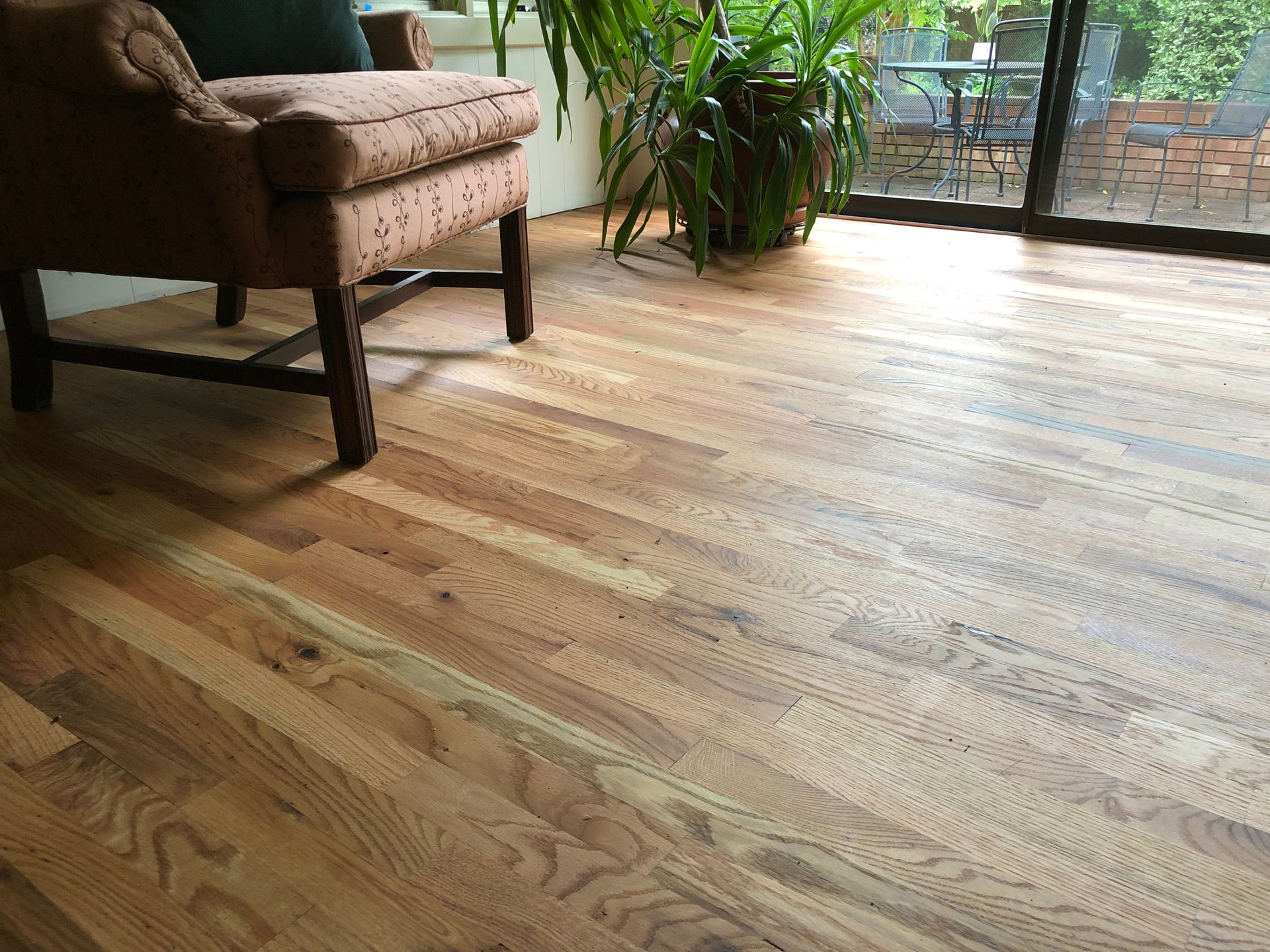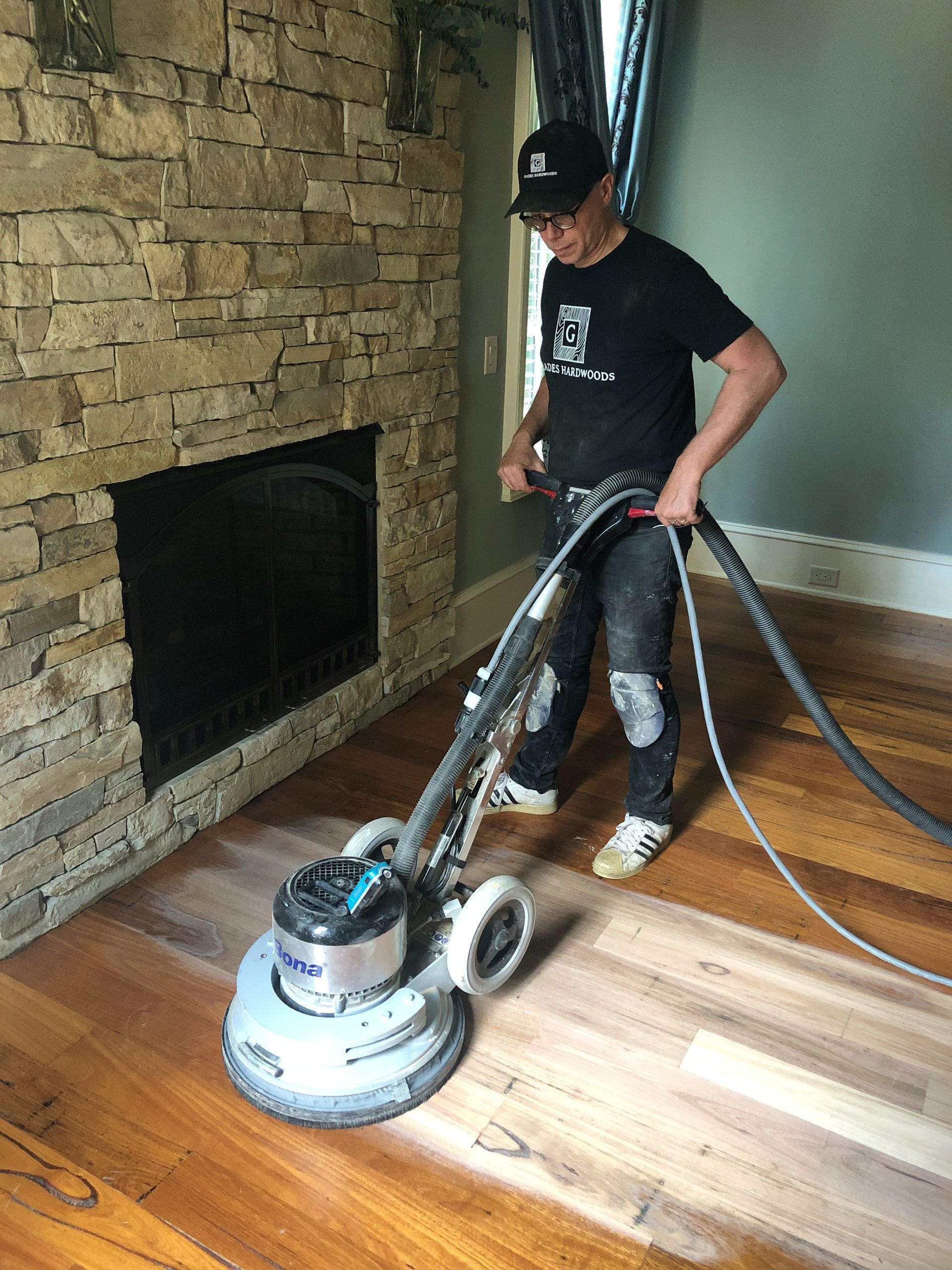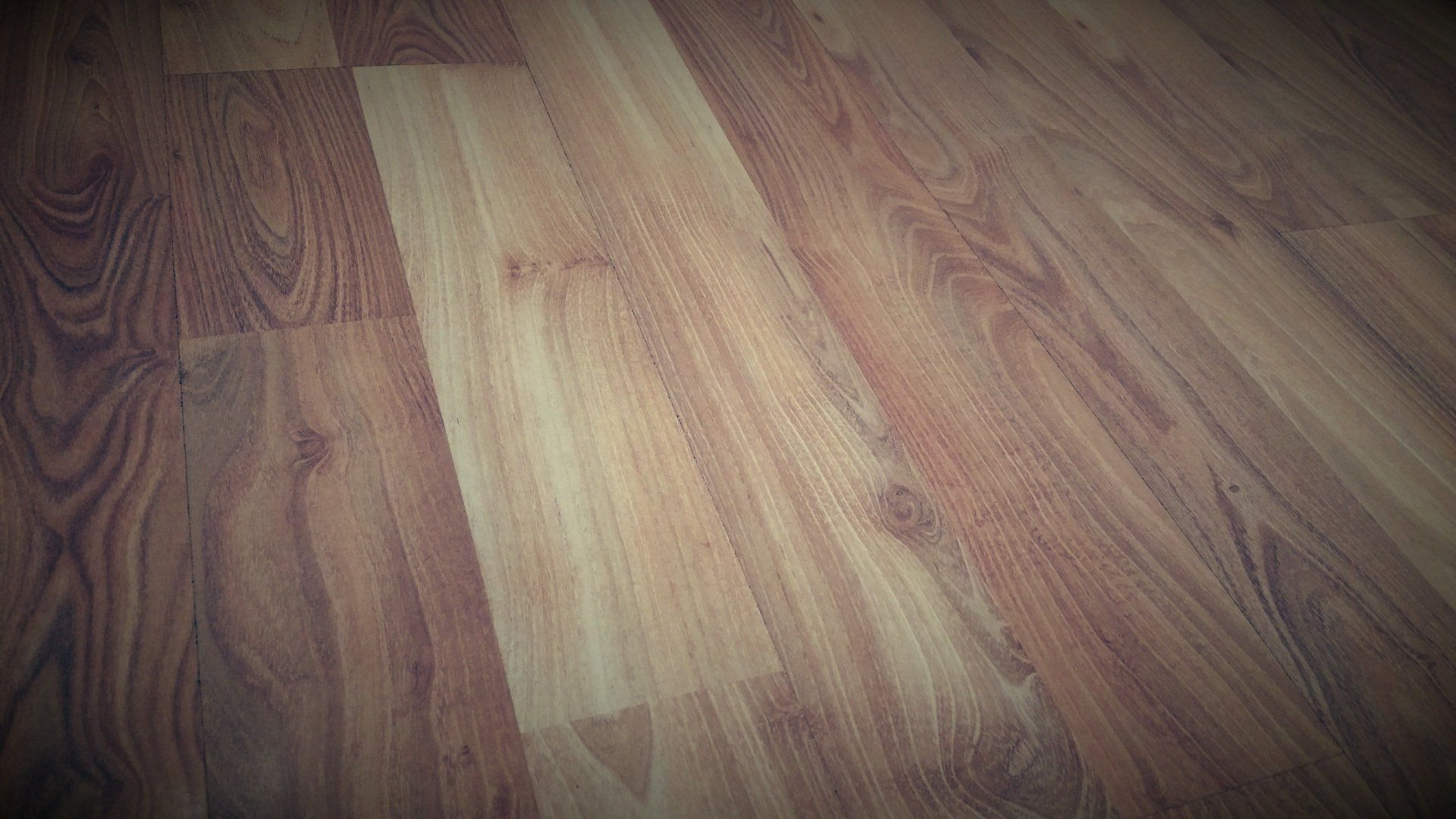The Durability of Natural Oil Finishes on Hardwood Floors
The Durability of Natural Oil Finishes on Hardwood Floors: A Guide

When selecting the right finish for hardwood floors, durability is a primary concern. Among the various finish types, natural oil finishes have gained popularity for their eco-friendly qualities and aesthetic appeal. But how durable are they compared to other options? This article explores the durability of natural oil finishes on hardwood floors, comparing types and offering insight into how to maintain and maximize their longevity.
Why Choose a Natural Oil Finish?
Natural oil finishes are derived from plant-based oils such as linseed, tung, and other natural sources, which penetrate deep into the wood fibers. This enhances the wood’s color, creating a warm, natural look that showcases the wood grain and texture. Natural oil finishes are particularly popular in sustainable and environmentally conscious home design because they contain fewer chemicals than synthetic finishes.
In addition to their aesthetic appeal, natural oil finishes allow hardwood floors to breathe, creating a healthier indoor environment by avoiding the sealing properties of traditional varnishes or polyurethane finishes. But when it comes to durability, are these natural finishes strong enough to withstand high-traffic areas and everyday wear?
Types of Natural Oil Finishes for Hardwood Floors
The durability of a natural oil finish can vary significantly depending on the type used. Below are the most common natural oil finish types and how each stands up to daily use on hardwood floors.
- Linseed Oil - Linseed oil is one of the oldest finishes used for hardwood floors. Extracted from flax seeds, it penetrates deeply into the wood and hardens over time. While it's durable, linseed oil can take a long time to dry, and it requires regular maintenance. Over time, it develops a rich patina, but it may need frequent reapplication in high-traffic areas.
- Tung Oil - Tung oil, derived from the seeds of the tung tree, is known for its excellent water resistance and durability. It penetrates deeply, providing a long-lasting finish that is resistant to spills and stains. Tung oil finishes harden significantly, making them more resistant to scratches and dents than linseed oil finishes. However, tung oil also requires multiple applications and reapplication every few years to maintain its protective properties.
- Hard Wax Oils - Hard wax oils combine natural oils (like linseed or tung oil) with waxes that create a highly durable, water-resistant surface. These finishes offer a more substantial layer of protection while still allowing the wood to breathe. Hard wax oil finishes, such as those from Loba Impact Oil, are favored for their durability and ease of maintenance. They are also more scratch-resistant, making them ideal for homes with pets or children.
- Osmo Oil - Osmo oil is a blend of natural oils and waxes that provides a hard-wearing finish with high durability. It’s popular for both residential and commercial applications due to its resilience and ease of repair. Osmo oil finishes are resistant to scuffs and scratches, and, unlike traditional polyurethane, they can be spot-repaired without having to refinish the entire floor.
Durability Comparison: Natural Oil vs. Synthetic Finishes
When comparing natural oil finishes to synthetic finishes (such as polyurethane), natural oils generally offer a softer, more flexible finish. While they don’t create the hard, plastic-like coating that synthetic finishes do, they are durable in their own right, particularly when well-maintained.
Here’s how natural oil finishes measure up against synthetic finishes in different aspects of durability:
- Scratch Resistance - Natural oil finishes are less resistant to scratches than polyurethane finishes. However, scratches on oiled floors are often less noticeable because the finish enhances the wood grain. Small scratches can also be touched up easily without the need for sanding or complete refinishing, making them practical for homes with pets or children.
- Water and Stain Resistance - While natural oil finishes are somewhat water-resistant, they are generally not as water-repellent as synthetic finishes. Hard wax oils and tung oil provide better water resistance among natural finishes. However, oiled floors require extra caution around water, as prolonged exposure can damage the finish. Stains can be managed with regular maintenance, including reapplying oil to high-traffic or spill-prone areas.
- Wear Over Time - Unlike synthetic finishes, which can develop scratches and need to be sanded down for refinishing, natural oil finishes wear more gracefully. Rather than chipping or flaking, natural oils penetrate and enrich the wood, allowing the floor to develop a patina over time. This quality makes natural oil finishes an excellent choice for high-traffic areas.
- Ease of Repair - One of the most notable advantages of natural oil finishes is the ease of repair. Small scratches and dents can often be buffed out and re-oiled without having to refinish the entire floor. This is a significant advantage for families and pet owners, as it allows them to maintain the look of their floors with minimal disruption.
Enhancing the Durability of Natural Oil Finishes
Although natural oil finishes can be durable, their longevity depends heavily on proper maintenance. Here are some tips to help maximize the durability of natural oil-finished hardwood floors:
- Regular Cleaning - Dust and dirt act like abrasives on hardwood floors, leading to scratches over time. Clean floors regularly with a soft broom or vacuum cleaner equipped with a hardwood setting. Use a damp (not wet) microfiber mop to clean up spills.
- Periodic Re-oiling - Over time, natural oil finishes can wear down, particularly in high-traffic areas. Periodic reapplication of oil helps maintain the protective qualities and appearance of the finish. High-traffic areas might need re-oiling every six months, while less-used spaces can go longer between applications.
- Use of Area Rugs and Furniture Pads - Place rugs in high-traffic areas and pads under heavy furniture to reduce the wear on oiled floors. This helps prevent scratches and dents, especially in homes with children or pets.
- Avoid Excessive Water - While some natural oil finishes like tung oil and hard wax oil offer water resistance, excessive water can still damage the finish. Clean up spills immediately, and avoid using a wet mop on oiled floors.
- Refinishing When Needed - Although natural oil finishes don’t require the extensive refinishing that polyurethane does, reapplying the oil periodically will help maintain the wood's rich appearance. Natural oils can be re-applied directly to worn areas without requiring a full sanding.
Is a Natural Oil Finish Durable Enough for Your Home?
Natural oil finishes offer a unique balance between aesthetic appeal, environmental benefits, and durability. While they may not provide the same level of scratch and water resistance as synthetic finishes, natural oil finishes can last just as long with proper care. They are ideal for homeowners who prefer a finish that enhances the wood’s natural beauty and are willing to invest in regular maintenance.
The choice ultimately comes down to the type of environment the floor will be subjected to. For homes with moderate to high foot traffic, hard wax oils or tung oil finishes provide added durability, while linseed oil works well for less-trafficked spaces. For families with pets or young children, the easy repairability and rich, natural look of natural oil finishes can make them an appealing and durable choice.
Natural oil finishes require commitment, but their warmth, beauty, and environmental benefits make them a worthwhile investment for hardwood floors. By understanding the characteristics and durability of each type of natural oil finish, you can make an informed decision that aligns with your lifestyle and aesthetic preferences.

